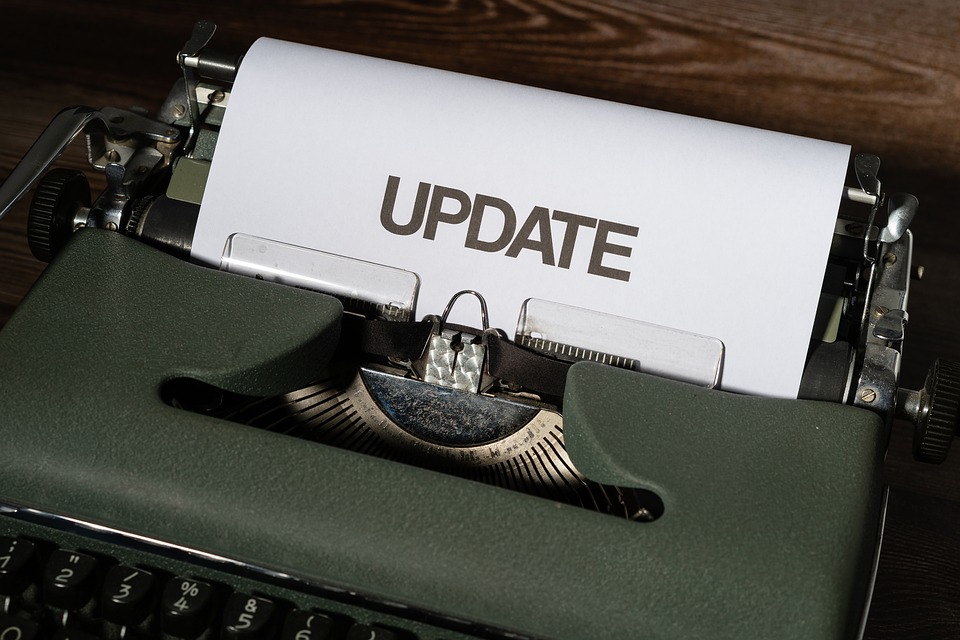[ad_1]
Everyone is looking for ways to improve time management. Whether it is the management of an organization looking for business improvement or an individual looking for ways to better spend their time, time management is important to both. Better time management can be achieved if goals have been set and then all future work is prioritized based on how it moves the individual or organization towards meeting the goals.
Many time management priority methods exist. The most popular ones are the A, B, C method and number ranking according to order in which tasks should be done. Both methods encourage looking at things that move one closer to meeting important goals as the highest priority to set. Things not related to goals would be lower priority. Here is a description at the three priorities and how they relate to general time management practices.
- High priority items (rank A or 1) are those tasks, projects, and appointments that yield the greatest results in accomplishing individual or organizational goals. For individuals, this could be related to goals of career advancement or small business growth and ties directly to promises made to customers or co-workers, or it could be unrelated to the job such as more family or leisure time goals and promises. For organizations, this would likely be related to increased profits, new business, key projects, and other strategic business items. High priority items should be the first work planned for each day and blocked into a time that falls within the individual’s peak performance period.
- Medium priority items (rank B or 2) are those standard daily, weekly, or monthly tasks, projects, and appointments that are part of the work that must be done in order to maintain the status quo. For individuals, this would relate to getting their standard work done, and might mean going to scheduled family or outside group activities as expected. For organizations, this is every day business items like project meetings, cost reduction, as well as regular administrative, sales, and manufacturing work. Medium priority work is scheduled after or between high priority functions, because this work does not require high levels of concentration, it can be done during non-peak periods as long as it is completed on schedule.
- Low priority items (rank C or 3) are those tasks, projects, and potential appointments that are nice-to-do, can be put off until another time, and will not directly affect goals or standard work practices. For individuals, this might mean learning a new skill or starting a new hobby that may seem like good ideas but are not directly related to most desirable personal goals. For organizations, this could be purging old files or evaluating existing work processes that currently run smoothly enough.
It does not matter if time management priority methods like A, B, C, numbering, or simply marking high, medium, low using a personalized coding or coloring method. It only matters that the practice has no more than three priorities used in moving closer to meeting important goals. More than three priority levels can bog the time manager in the process of prioritizing rather than doing valuable work.
Whether organization management or an individual looking for ways to better utilize their time, time management is important to both. Anyone looking for ways to improve time management, will benefit from establishing and following a priority setting method for completing work towards accomplishing goals.
[ad_2]
Source by Shirley Lee


